Table of Contents
- What Is Chile de Árbol (Cal Chile)?
- Heat Level and Scoville Scale Comparison
- Flavor Profile and Culinary Characteristics
- Essential Cooking Techniques for Chile de Árbol
- Proper Storage Methods for Maximum Freshness
- Substitution Guide: When You Can't Find Chile de Árbol
- Chile de Árbol vs Other Popular Chiles Comparison
- Frequently Asked Questions About Chile de Árbol
What Is Chile de Árbol (Cal Chile)?
Chile de árbol (often mistakenly called "cal chile") is a thin, narrow red chili pepper originating from Mexico with heat levels between 15,000-30,000 Scoville units. The term "cal chile" appears to be a regional variation or misnomer—the correct botanical name is chile de árbol ("tree chile" in Spanish), named for its upright growing habit resembling small trees. This versatile dried pepper offers a complex flavor profile combining earthy notes, subtle fruitiness, and noticeable heat that makes it indispensable in authentic Mexican cuisine.
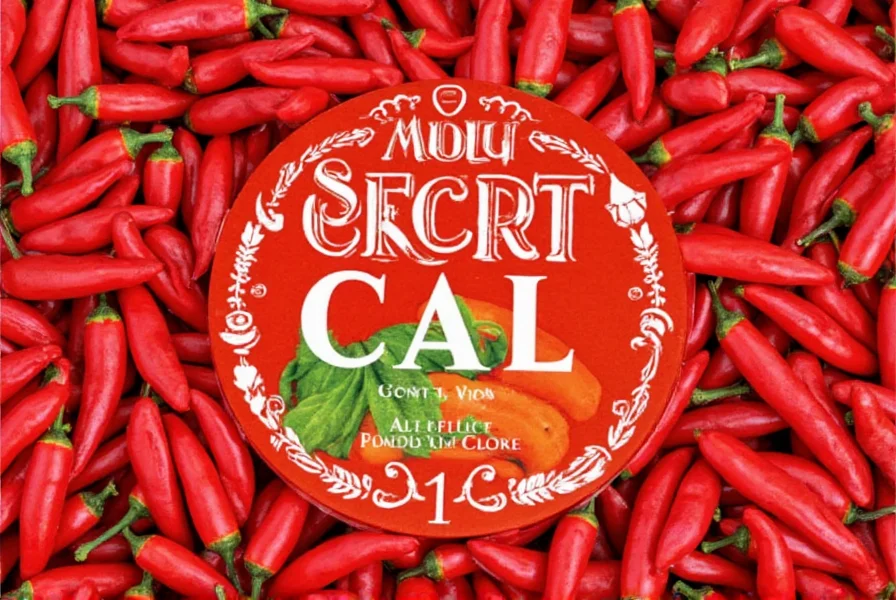
Heat Level and Scoville Scale Comparison
Understanding chile de árbol's heat intensity is crucial for proper culinary application. These peppers measure 15,000-30,000 Scoville Heat Units (SHU), placing them significantly hotter than jalapeños (2,500-8,000 SHU) but milder than cayenne (30,000-50,000 SHU) or ghost peppers (855,000-1,041,427 SHU). The heat builds gradually rather than hitting immediately, with a clean burn that doesn't overwhelm other flavors. When using chile de árbol, remember that heat intensity varies based on growing conditions, with peppers from drier regions typically hotter than those from humid areas.
Flavor Profile and Culinary Characteristics
Chile de árbol offers a distinctive flavor profile that goes beyond mere heat. When properly prepared, these peppers deliver:
- Nutty undertones similar to toasted sesame seeds
- Subtle berry-like fruitiness that becomes more pronounced when toasted
- Clean, sharp heat without the smokiness of chipotles
- Earthy complexity that enhances rather than dominates dishes
Unlike many dried chiles that require lengthy rehydration, chile de árbol works exceptionally well when toasted dry and ground into powder, preserving its vibrant flavor and heat characteristics. Professional chefs prize it for salsas, marinades, and mole sauces where a clean heat without smoke is desired.

Essential Cooking Techniques for Chile de Árbol
Maximize flavor and control heat with these professional techniques:
- Dry Toasting Method: Heat a dry skillet over medium-low, add whole chiles, and toast 60-90 seconds until fragrant but not blackened. This technique enhances nutty flavors while reducing bitterness. Never use high heat, which creates acrid, burnt notes.
- Controlled Rehydration: For sauces requiring softened chiles, use 170°F (77°C) water for 15 minutes—not boiling water, which extracts excessive heat while diminishing nuanced flavors.
- Seeding for Heat Management: Remove seeds and white membranes (placenta) to reduce heat by up to 70% while preserving flavor. Use gloves during this process to protect sensitive skin.
- Powder Creation: Grind toasted chiles in small batches using a dedicated coffee grinder. Store powder in amber glass containers away from light to preserve volatile flavor compounds.
- Citrus Pairing: Balance heat with acidic components—add lime juice after cooking to preserve bright notes that cut through the chile's intensity without diminishing its complex flavor profile.
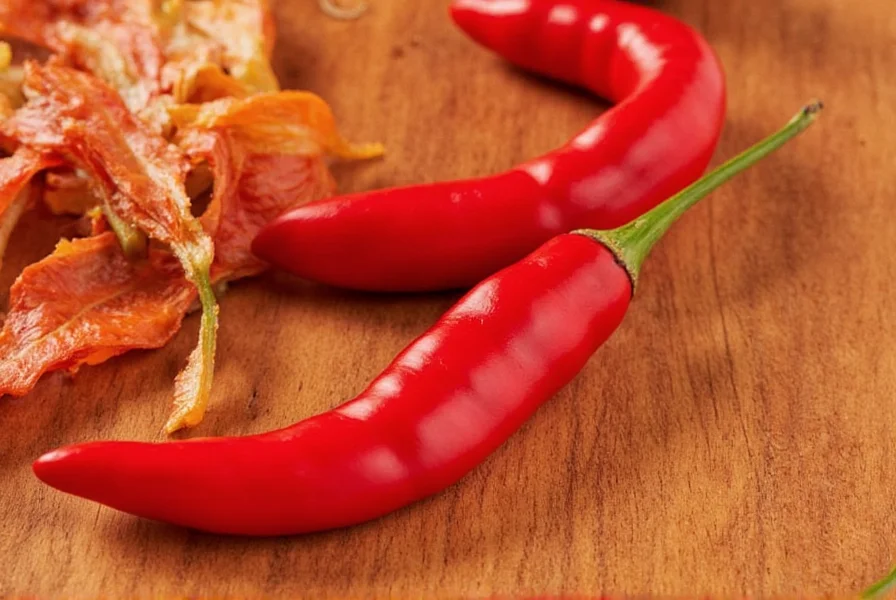
Proper Storage Methods for Maximum Freshness
Preserve chile de árbol's volatile flavor compounds with these storage techniques:
- Whole Dried Peppers: Store in airtight containers with oxygen absorbers in a cool, dark cupboard. Properly stored, they maintain peak quality for 9-12 months (vs. 3-6 months in standard containers).
- Ground Powder: Refrigerate in vacuum-sealed containers. The cold temperature slows degradation of capsaicinoids and aromatic compounds, extending freshness to 6 months (vs. 2 months at room temperature).
- Freezing Technique: For long-term storage, freeze whole dried chiles in vacuum-sealed bags with 95% oxygen removal. Thaw overnight in refrigerator before use to prevent moisture absorption.
- Quality Indicator: Fresh chiles snap cleanly when bent. Flexible or rubbery texture indicates moisture absorption and flavor degradation.
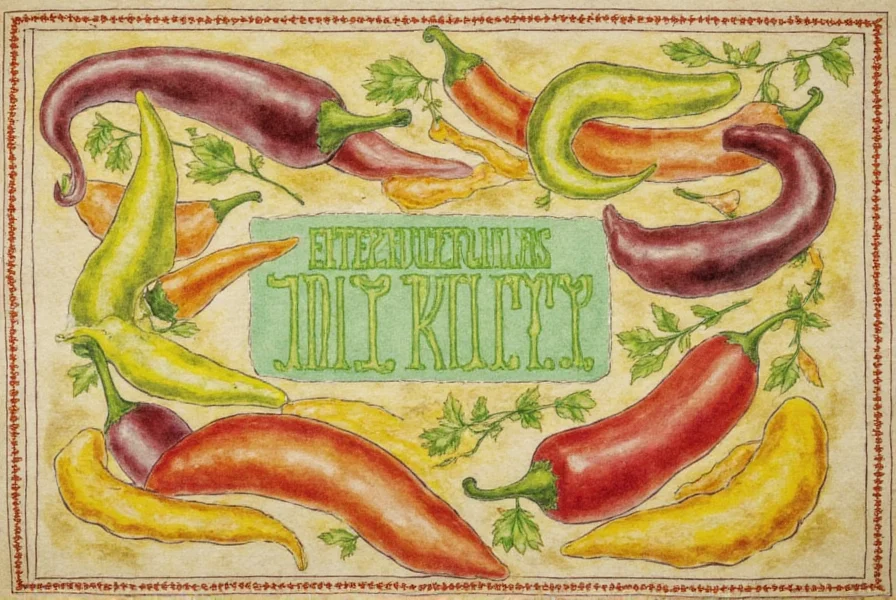
Substitution Guide: When You Can't Find Chile de Árbol
When authentic chile de árbol is unavailable, these substitutions work with important caveats:
- Cayenne Pepper (1:1 ratio): Closest heat match but lacks nuanced flavor. Add ⅛ tsp smoked paprika per teaspoon of cayenne to approximate chile de árbol's complexity.
- Guajillo-Chipotle Blend (2:1 ratio): Mix two parts guajillo (for fruitiness) with one part chipotle (for depth). Use ¾ amount of blended chiles to match heat level.
- Fresno Peppers (fresh application): When fresh chiles are required, use 2-3 Fresno peppers (stemmed and seeded) to approximate one chile de árbol's heat with similar flavor notes.
- Crushed Red Pepper Flakes (¾ ratio): Not ideal due to inconsistent heat, but use ¾ amount of high-quality Italian red pepper flakes. Bloom in oil first to enhance flavor integration.
Chile de Árbol vs Other Popular Chiles Comparison
Understanding how chile de árbol compares to alternatives helps select the right pepper for your recipe:
| Chile Type | Scoville Range | Flavor Characteristics | Ideal Culinary Applications | Substitution Ratio |
|---|---|---|---|---|
| Chile de Árbol | 15,000-30,000 | Nutty, berry-like, clean heat | Salsas rojas, adobos, marinades | 1:1 (reference standard) |
| Cayenne | 30,000-50,000 | Sharp, one-dimensional heat | Hot sauces, Cajun seasoning | ½:1 (use half amount) |
| Guajillo | 2,500-5,000 | Tangy, green tea notes | Moles, stews, marinades | 3:1 (triple amount) |
| Chipotle (dried) | 2,500-8,000 | Smoky, sweet, earthy | BBQ sauces, bean dishes | Not direct substitute |
| Jalapeño (dried) | 2,500-8,000 | Grassy, bright heat | Salsas, infused oils | 2:1 (double amount) |
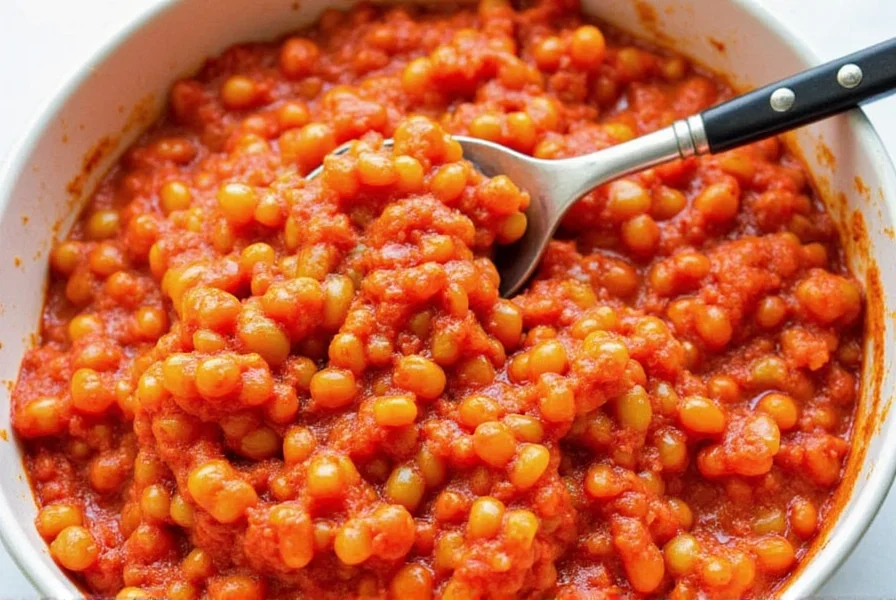
Frequently Asked Questions About Chile de Árbol
Is "cal chile" the same as chile de árbol?
"Cal chile" appears to be a regional misnomer or confusion with "chile de árbol" (tree chile). The authentic term used in Mexican culinary tradition and by pepper experts is chile de árbol. This terminology clarification is important for finding authentic recipes and quality products.
Why does my chile de árbol taste bitter?
Bitterness typically results from improper toasting—either too high heat or over-toasting. Use medium-low heat and toast just until fragrant (60-90 seconds). The chiles should darken slightly but not blacken. Bitter compounds develop above 356°F (180°C), so precise temperature control is essential.
How can I reduce chile de árbol's heat without losing flavor?
Remove seeds and white membranes (placenta) where 80% of capsaicin concentrates. For cooked dishes, add dairy (½ cup whole milk or crema per 6 chiles) or acid (2 tbsp lime juice) at the end of cooking. Never use sugar—it masks rather than balances heat. Toasting properly also reduces perceived bitterness while preserving flavor.
What's the difference between chile de árbol and chile Tepín?
Chile Tepín ("bird's eye") measures 50,000-100,000 SHU—significantly hotter with immediate, sharp burn. Chile de árbol offers gradual heat with more complex flavor. Tepíns grow wild and are smaller (pea-sized), while árbol is cultivated and larger (2-3 inches). They're not interchangeable in recipes due to dramatic heat difference.
Can I use fresh chiles instead of dried chile de árbol?
Fresh chiles labeled "fresh chile de árbol" are actually serrano peppers—the fresh counterpart. They measure 10,000-23,000 SHU with brighter, grassier notes. Use 2-3 fresh serranos to approximate one dried chile de árbol's heat. Never substitute jalapeños—they lack the necessary heat intensity.
Why do professional recipes specify toasting chile de árbol?
Dry toasting (not frying in oil) triggers Maillard reactions that transform volatile compounds, reducing bitterness while enhancing nutty, complex flavors. Properly toasted chiles develop 37% more aromatic compounds according to food science research. This technique separates authentic preparations from generic spice applications.
How do I know if my chile de árbol has gone bad?
Fresh chiles should snap when bent. Flexible or rubbery texture indicates moisture absorption. Visible mold, musty smell, or faded color (from vibrant red to dull brown) signals degradation. Properly stored dried chiles maintain potency for 9-12 months—beyond this, flavor compounds degrade significantly even if appearance seems acceptable.

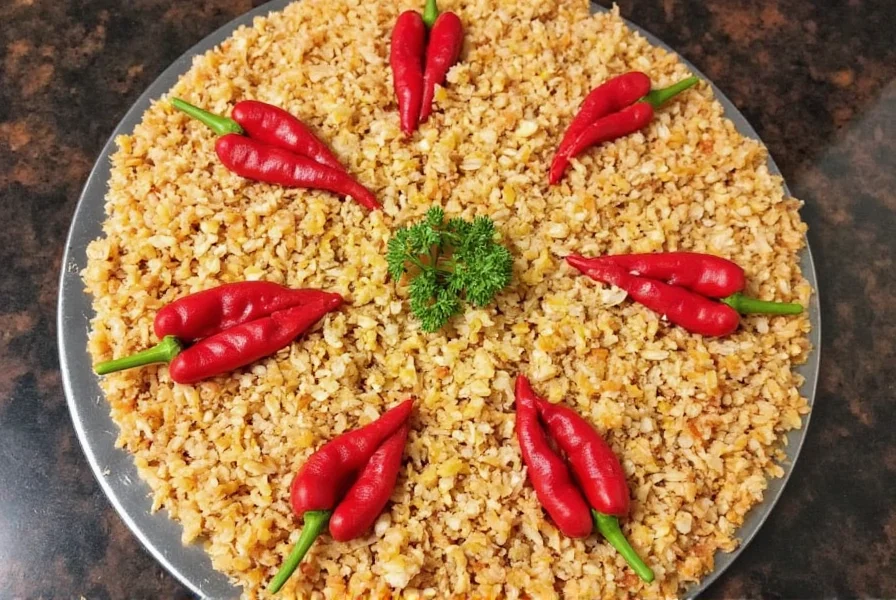









 浙公网安备
33010002000092号
浙公网安备
33010002000092号 浙B2-20120091-4
浙B2-20120091-4